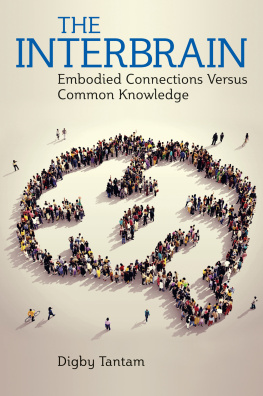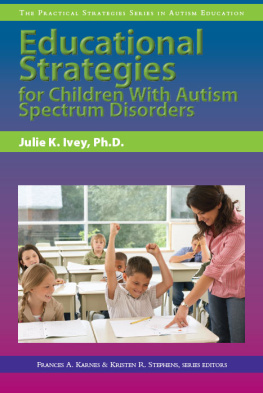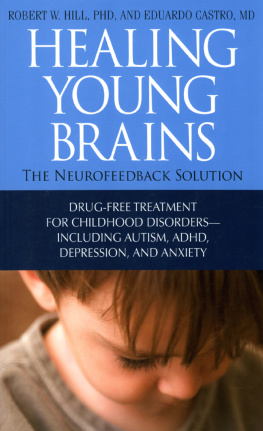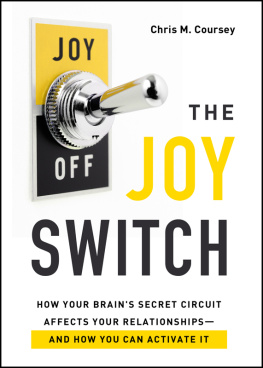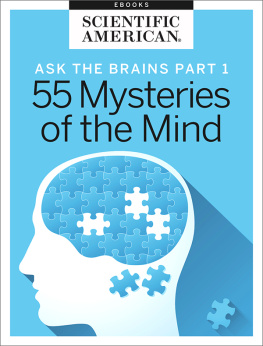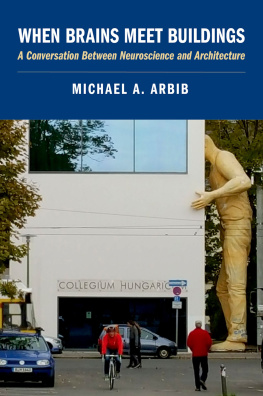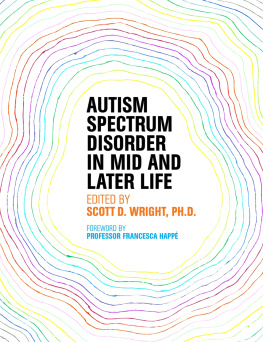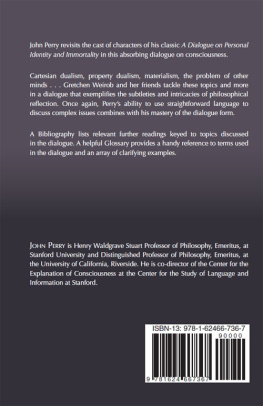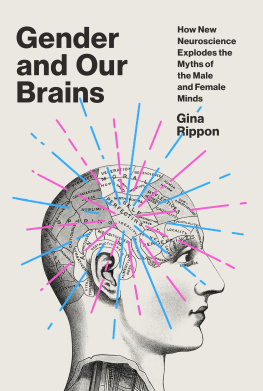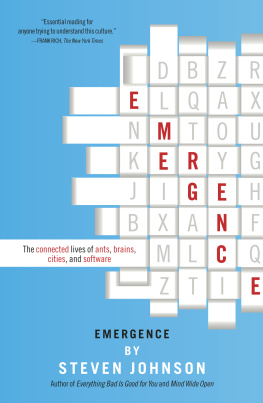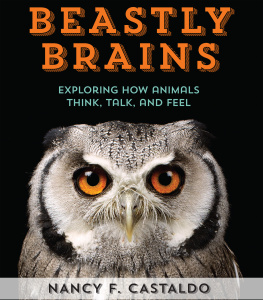
THE
INTERBRAIN
Embodied Connections
Versus Common Knowledge
Digby Tantam

Contents
Preface
When I began to work as a psychiatrist, my interests lay in social or community psychiatry, that is the study and application of the influence of families or social groups on the development, diagnosing, and outcome of psychiatric disorder. It was the alternative to other schools of psychiatry: biological psychiatry, which focused on the brain, and psychotherapy or psychological medicine, which focused on individual vulnerability and strength.
Although I also had training in all of these approaches and became a psychotherapy specialist in my work for the NHS after seven years as a consultant in general psychiatry, I thought that there was a missing dimension, which I called the microsocial. It seemed to me that the interactions of two or more people were likely to be as important in understanding mental illness as the influence of large groups, in which roles and statuses were considered more important than individuals.
Working with people with autism as I have, alongside other roles, for nearly 40 years, provided me with rich opportunities to develop a microsocial theory. The fundamental problem for people with autism, it seemed to me, was not community rejection or, on the other hand, an inability to make relationships, but a disorder of the minutiae of social reaction. This was not one-sided either. It does not do to look at any social interaction as if it is between a disordered person and a fully functioning person. It is the interaction itself that must be considered. This came home to me when I told one of my patients that I was interested in nonverbal communication empathy and suchlike, I said, to try to locate this interest in a contemporary discourse. I meant that I was studying why people with autism do not easily empathize with other people. But he said, About time. We need to know why neurotypicals dont empathize with people with autism. Clearly, the problem was one of interaction implicating both parties, and not just one.
Once I developed these ideas about autism, it was natural to consider whether they had any application to anyone, and not just people with autism. This book is one of the results. It starts not with a focus on the individual person, but with interaction. This is not, of course, a new idea but perhaps my take on it is new: I think that the starting point is the network of interacting brains the interbrain.
A note on organization
I wanted to write a book that simplified, as much as it could, a complex subject.
I also wanted to write a book that brought together what is, I think, a considerable weight of evidence in support of the interbrain and, as it turned out, a considerable weight of evidence for narrative theories of epistemology that explain how facts have become organizing foci for different and sometimes opposed or even inimical communities. Books full of citations inevitably become hard-going and often come to no very great conclusion. Its much easier to read a popular science account that provides a digest that the expert author makes of their topic. Unfortunately, any truths that we can rely on will always be hedged about by conditions and reservations, and what the popular scientist provides are well-founded opinions, more often than not.
Synthesizing these two different types of book the monograph and the popular account, one might call them is not easy. Perhaps it is even a hopeless endeavour. Even so, I have attempted it, largely by writing the book in two voices: a straightforward text that can be read through without any consultation with the footnotes, and a set of more or less detailed footnotes that provide much more detailed evidence.
Chapter 1
THE INTERBRAIN
It is hard to combine intuition with science. Not that scientists lack intuition; far from it: it is their intuition that leads them into research areas, and towards particular research questions that pay dividends if their intuitions are good. But the scientists intuition about fruitful questions is a rather specialist one. Intuition for many non-scientists means almost the opposite of what scientists do. It means knowing things by some other route than demonstrating them.
Fred confided in me that he and Roseanne were crazily in love. Even over a room full of people at the office do, I would look towards her and she would look up and fix my eyes at the same time. It was like there was a cord between us, and I could almost feel her pulling me towards her. Afterwards, she said it has been the same for her. It was like telepathy almost, you know. I didnt, like, hear her thoughts but I knew she was thinking how much she wanted me. I didnt really know what it was like to love someone like that before.
Fred knew, or thought he knew, what Roseanne was feeling. Philosophers might argue that his was not a well-founded epistemological claim. Scientists might argue that Freds belief met many of the criteria of a delusion except that this particular delusion is so common in the early stages of sexually driven bonding that it should not really be termed a delusion, even though it is thoroughly irrational.
I would agree with both of these viewpoints when applied to much of what we claim we know about our own, or other peoples, inner lives. But I think and I will argue in this first chapter that we can know directly about other peoples emotions and what they are paying attention to. This knowledge is not propositional, like the philosophers, nor causal, like the scientists. It is based on a direct connection between our brain and other peoples, and between their brain and ours. For obvious reasons, I will call this the interbrain.
I have discussed this in two previous books in relation to autism spectrum disorder (ASD), with a focus on the effects of having little or no interbrain connection. In this book, I will be concentrating on the advantages and disadvantages of having an interbrain connection, and therefore the advantages and disadvantages of what most of us would consider normality. One of its advantages is that the connection exists in the background. We take it for granted unless it is brought to the surface of our minds by passion, as it was in Fred. Being in the background means that we do not talk about it, and when we dont talk about something it hardly exists for us.
Tom is rebellious and angry. He has grown up in a broken family and a broken neighbourhood. He has only got as far as he has because he learnt early on that you have to look out for yourself. No-one else would do it for you. Fighting has been one thing that he has used to look out for himself. He likes the idea of fighting wars, especially with superior hardware. He joined the army and tried to cope with basic training as he has coped with other situations, by undermining authority. Drilling seemed an easy target. Marching up and down, he says. What a farce. Dont they have anything better to do with us?
At the end of six weeks, marching in time, presenting arms, turning to the left or right in formation, standing at ease, and standing easy have all become second nature. Curiously, Tom also found himself proud of his training unit, defensive of the army when he goes to the pub, and upset when one of his fellow trainees fails to make the grade.
What do the military know that Tom doesnt? A lot probably, but one particular thing is germane to this example. Marching in step makes men feel that an adversary is less formidable,
Next page
